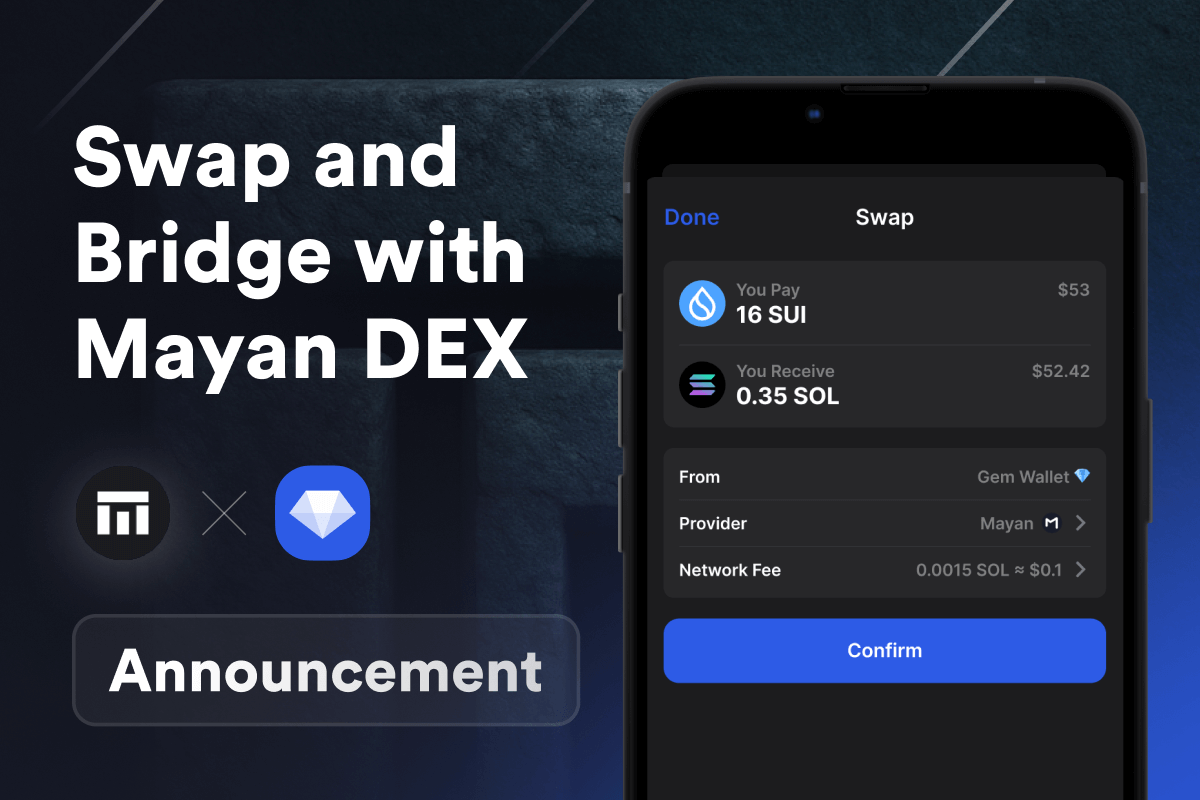
Sui Blockchain: An Introduction
Sui Blockchain is a new frontier in blockchain technology, offering a unique blend of speed, security, and user-centric features. It stands out as a first-layer blockchain designed to enhance digital asset transactions and smart contract capabilities.
Sui Object-Centric Design
In contrast to conventional blockchains where accounts serve as the primary data units, Sui introduces an object-centric framework. In this model, each on-chain entity is an object, crafted and governed by smart contracts. These objects can represent a variety of asset types, each possessing distinct attributes like a unique identifier and ownership details. Additionally, objects in Sui have the flexibility to be mutable or immutable, offering a nuanced approach to asset management and interaction within the blockchain environment.
Sui Programmable Transaction Blocks
In standard blockchains, the primary unit of execution is a simplified transaction, closely tied to virtual machine (VM) execution. Sui, however, introduces Programmable Transaction Blocks (PTBs) as its fundamental unit of execution. PTBs are complex sequences of transactions, allowing for more intricate and flexible transaction structures than traditional blockchains.
Sui Transaction Processing
Sui’s transaction processing mechanism is innovative, featuring parallel processing capabilities and the integration of Narwhal and Bullshark protocols. This architecture means that simple transactions, being independent, can be processed in parallel without a mandated sequence, enhancing the network’s efficiency and throughput.
-
Bullshark, an advanced consensus protocol in Sui, follows the Tusk protocol. It combines Directed Acyclic Graph technology with Byzantine Fault Tolerance for consensus building. Its standout feature is achieving consensus without direct communication among validators, which boosts the efficiency and reliability of Sui’s transaction processing.
-
Narwhal functions as an effective mempool in the Sui blockchain, acting as a synchronized holding area for unconfirmed transactions. This system is essential for expediting the validation process, as it provides validators immediate access to all necessary transaction
The Sui blockchain leverages the widely-used Proof-of-Stake (PoS) consensus algorithm. Transaction processing is conducted by groups of validators, whose composition changes every epoch (24 hours), drawn from the pool of active full nodes. As of late October 2023, the Sui network includes 105 validators and over 412 active nodes.
Transaction processing varies depending on whether the transaction involves an asset with a single owner or a common object such as public smart contracts. Transactions like coin transfers, NFT issuance, and voting are processed through a simplified Fast Pay procedure based on the Byzantine Consistent Broadcast mechanism. This process involves four steps:
-
The transaction is sent to a node, which then distributes it to validators;
-
Validators vote to confirm the transaction and relay the outcome back to the sender;
-
The sender creates a certificate with signatures from at least two-thirds of the validators;
-
And finally, the certificate is distributed to validators for final confirmation, after which the transaction is added to the blockchain.
This approach significantly reduces transaction processing time as it eliminates the need for consensus-seeking among validators.
Sui Horizontal Scalability
Sui’s horizontal scalability is a key feature, accommodating increased network demand. Validators can adjust computing power as needed, maintaining low and stable gas fees even under high traffic. This scalability extends beyond transaction processing to storage, which is also cost-effective and scalable. As a result, developers can define complex, attribute-rich assets on-chain, reducing the need for off-chain storage to cut gas costs.
Sui Move Programming Language
The Move programming language is a cornerstone of Sui’s architecture, embodying an object-oriented approach to blockchain development. This specialized language is tailored for crafting secure, efficient, and multifunctional smart contracts and on-chain applications. In Sui, everything is treated as an object, each with its metadata, ownership type, and unique referencing scheme. This object-centric model facilitates a more intuitive and flexible way of handling assets and data on the blockchain. Move’s structure allows for the creation, management, and manipulation of these objects, providing developers with powerful tools to build complex and secure decentralized applications.
Sui Security Features
Sui ensures high-security asset control, allowing use by owners based on auditable smart contracts. Its network maintains reliability despite potential non-compliance by some validators, showcasing strong fault tolerance.
-
Security Architecture: Sui’s network security relies on validators implementing Byzantine fault-tolerant protocols. This structure allows for some non-compliant validators, maintaining security as long as the majority adhere to the protocol.
-
Addresses and Ownership: Transactions in Sui necessitate the digital signature of the asset’s owner, ensuring secure asset manipulation.
-
Smart Contracts and Asset Types: Assets are defined by smart contracts in Sui, with transactions constrained by the contract’s logic, promoting secure and trusted interactions.
-
Transaction Finality: Using cryptographic protocols, Sui ensures accurate processing and finalization of transactions, maintaining safety and continuity even with non-compliant validators.
-
Auditing and Privacy: Sui offers comprehensive auditing capabilities. While all transactions are public, users can employ multiple addresses or third-party services for enhanced privacy.
-
Censorship-Resistance and Openness: Sui uses a Delegated Proof-of-Stake model for validator selection, based on user-staked SUI tokens, fostering a reliable and censorship-resistant network.
Sui Tokenomics
The Sui economy features three main participant types, each playing a vital role:
-
Users: These participants engage with the Sui platform through transactions, including managing digital assets through the Sui wallet. They create, mutate, and transfer digital assets, utilizing the wallet’s capabilities for seamless interaction. Additionally, they interact with sophisticated applications powered by smart contracts, interoperability, and composability, enhancing the user experience on the Sui network.
-
SUI Token Holders: Holders of SUI tokens can stake their tokens to validators, contributing to the platform’s proof-of-stake mechanism. Additionally, they possess the rights to participate in the governance of the Sui network.
-
Validators: Responsible for managing transaction processing and execution, validators are crucial to maintaining the operational efficiency and security of the Sui platform.
The Sui Token
SUI, the native asset on the Sui network, plays a pivotal role in its ecosystem. It’s used for network protection, gas payments, on-chain transfers, and governance.
Gas and Storage Fund
Sui transactions necessitate payment for computational execution and object storage. To facilitate these transactions, SUI tokens are used, which can be acquired through various methods. Users can purchase SUI tokens on different exchanges, swap them with other tokens, or even buy SUI them directly using a credit card. This flexibility in acquiring SUI tokens ensures smooth transactional processes on the Sui platform. The economic model of Sui efficiently manages these costs, which is essential for its ability to handle large-scale data storage and complex computations.


